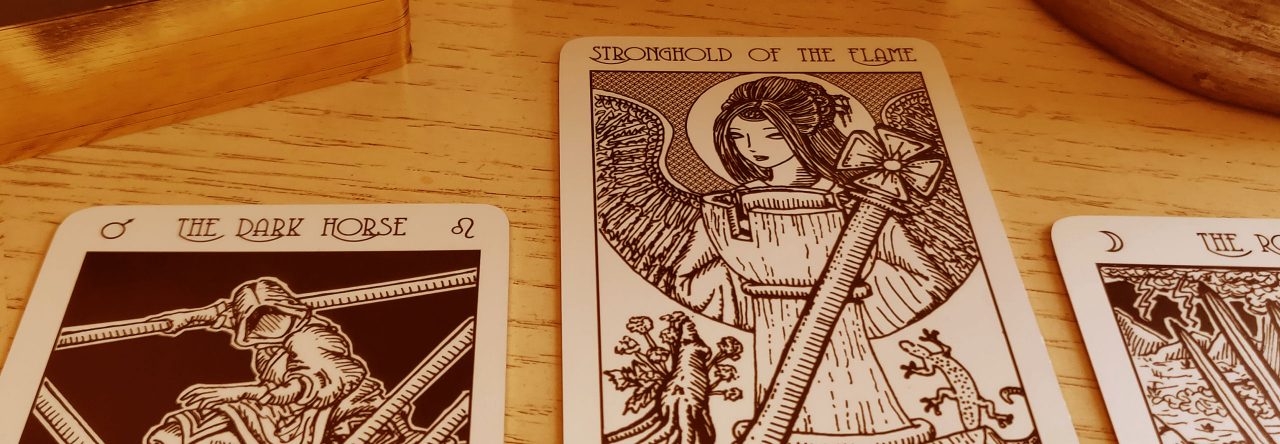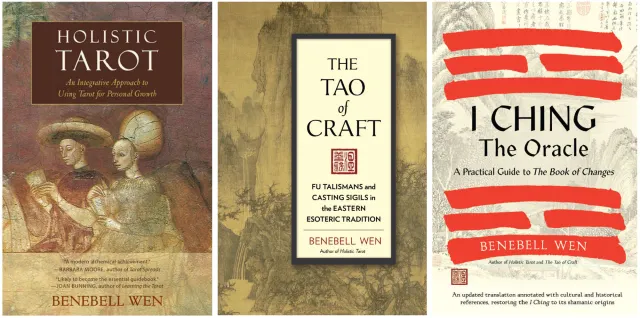
If a digital file of templates for a living trust, last will and testament, and other common features of an estate planning kit would be of interest to you, then you can download one for free. See below.

Last Updated 2024 March 8
THE DISCLAIMERS:
- This is not legal advice.
- I am not your attorney.
- These documents are provided for general educational purposes only.
- All documents are keyed to the State of California (I’m a California and New York licensed attorney.)
- Laws change frequently and so the laws applicable at the time these documents were drafted may be outdated by the time you see these documents.
- You should not be using these documents as-is.
- You should retain legal counsel in your jurisdiction to give you detailed and specific legal advice custom-tailored to your estate planning needs.
- These documents bear significant legal implications, so if you do not fully understand what you are reading in the documents, then do not use them. Seek qualified legal counsel to assist you.
- Always consult the legal professionals in your region to ensure that your estate plan is aligned with local laws and regulations.
THEN WHY PROVIDE THESE?
Times are tough and not everyone can afford an attorney. If you weren’t going to do anything at all and were going to die intestate (i.e., die without a will, trust, or any estate planning in place), then this is better than nothing.
SO… if you were planning on doing nothing, then this last will and testament template plus funeral instructions codicil, even the power of attorney and medical directive would be a step up from nothing.
My family has had to learn firsthand that there is a big difference at probate court between someone dying without a will in place vs. someone with a valid will. Do your loved ones who survive you a huge favor by getting a last will and testament in place.
But if you were planning on hiring an attorney to do your estate planning, then IGNORE THIS POST and do not use these documents. Rely on your attorney’s counsel.
Even if you don’t (and shouldn’t!) use these documents as provided, they’re a good starting point of reference for you to consider how you want to approach your own estate plan and what you would need to gather for safekeeping within that plan.
Also, if you are a licensed attorney yourself but aren’t a wills and trusts attorney, then you may find these starter templates useful.
I dare say this though– if you’re the detail-oriented, research-loving Type A personality who can capably do your own complex tax returns and you negotiate your own contracts, with a spirit of diligence and precision toward all things DIY, then it’s not terribly hard to start with these templates and create your own estate plan. Just sayin’. =P
Continue reading “Wills & Trusts: Estate Planning Kit (Free Download)” →


















